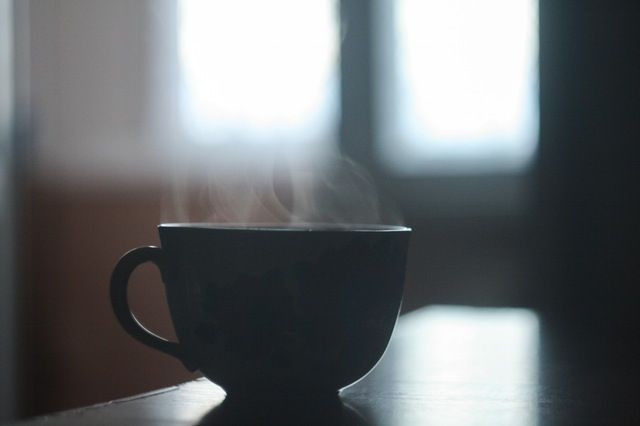Ayahuasca Benefits And Risks: Hallucinogenic Drug May Enhance Meditation

LSD and shrooms are among the popular hallucinogenic drugs that allow users to be fully aware of visually hallucinating. During a trip, voices are heard and colors start to become more prismatic. A new hallucinogenic, ayahuasca, is now being used to deliver a powerful trip while also containing promising medicinal properties.
In ASAPScience's latest video, "Your Brain On Ayahuasca: The Hallucinogenic Drug," hosts Mitchell Moffit and Greggory Brown take a look at how the drug actually affects parts of the brain, and how it's different from LSD and shrooms.
Ayahuasca is a combination of leaves of psychotria viridis and the leaves of another banisteriopsis caapi, neither of which have any hallucinogenic power on their own. However, the leaves do contain N,N-Dimethyltryptamine (DMT), which is structurally similar to the neurotransmitter serotonin, and to the chemical found in magic mushrooms. Normally, gut enzymes deactivate DMT before it's absorbed into your bloodstream, but the vines inhibit the gut enzymes from working properly, and allow DMT to travel within the blood to cross the blood-brain barrier.
The effects of the drink usually hit around half an hour after consumption with hallucinations peaking after one hour and subsiding within four to six hours. However, hallucinations are reported to be different from drugs like LSD and shrooms in that most people are fully aware that they are visually hallucinating. In addition, instead of hearing voices, the sounds heard are usually exaggerations of the noises already occurring around them. Drinkers seek this as a means to reconcile with their thoughts and emotions, as well as past and present traumatic events.
fMRI scans show ayahuasca causes a significant decrease in activity within the default mode network, an area of the brain that if overactive, is associated with depression, anxiety, and social phobia. This is usually linked with a meditative state and explains why some users feel at peace with themselves and a renewed sense of purpose after their trip.
Medicinally speaking, ayahuasca has been shown to to kill certain cancerous cells with the help of alkaloids in the veins, and may hold future possibilities for cancer research.
Drinkers should beware of potential side effects: they can suffer violent retching, vomiting, and even diarrhea as the brew is extremely acidic and can cause an upset stomach even in experienced drinkers. Fatalities have been linked to its ingestion, particularly among tourists, though the manner of death is often reported undetermined.
The recreational use and efficacy of this drug for medicinal purposes is limited, and researchers say it warrants further investigation.



























